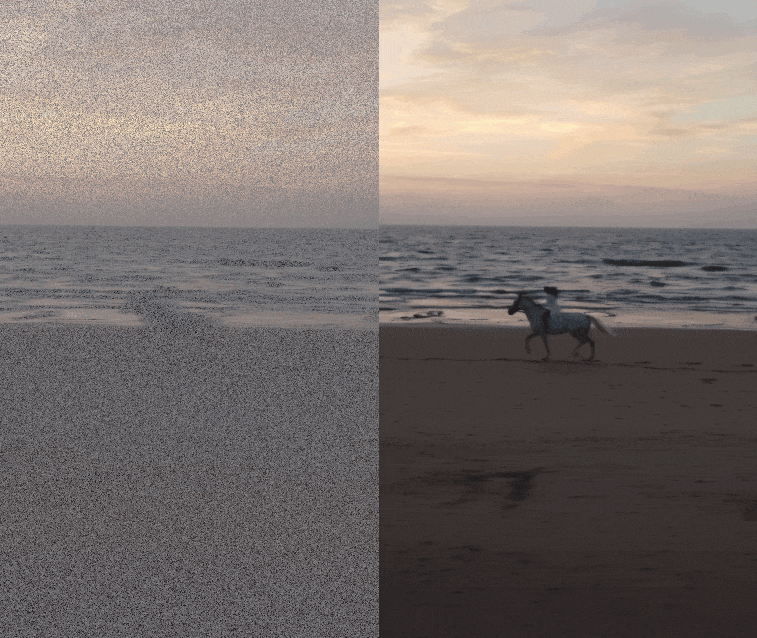In recent years, video repair and enhancement technology has developed rapidly, and various tools have emerged in endlessly. As an emerging video repair and super-resolution tool, VISION XL stands out among many similar products with its excellent performance and easy operability. It can efficiently repair missing parts of video, remove blur, and improve clarity. It can achieve up to four times super-resolution, greatly improving video processing efficiency. This article will delve into the technical features, performance and future development potential of VISION XL.
As technology continues to advance, video repair and enhancement techniques are becoming more and more advanced. Recently, a video repair and super-resolution tool called VISION XL stands out for its excellent performance and ease of use. This tool can not only repair missing parts in the video and remove blur caused by unstable shooting, but also significantly improve the clarity of the video, up to four times super-resolution. What’s even more impressive is that VISION XL can perform deblurring, restoration and super-resolution processing at the same time, greatly improving the efficiency of video processing.

The core advantage of VISION XL lies in its high-resolution video inverse problem solving framework based on the latent diffusion model. Such models have already made significant progress in the field of image processing, but VISION XL further breaks through the resolution limitations of traditional video processing and reduces the reliance on additional pre-training modules. This framework achieves efficient processing of high-resolution videos on a single GPU through a pseudo-batch consistent sampling strategy, which is unimaginable in previous technologies.
Another innovation of VISION XL is its batch-consistent inversion method, which enhances temporal consistency by utilizing the information latent variables of the measurement frames. This innovation not only improves the efficiency of processing complex space-time inverse problems, but also enhances the stability of the system. By integrating with the open source latent diffusion model SDXL, VISION , which makes the framework more flexible and diverse in practical applications.
In terms of performance, VISION XL's performance is equally impressive. It requires only 13GB of video memory to process a 25-frame video in less than 2.5 minutes, demonstrating its excellent memory and sample time efficiency. This feature makes VISION XL ideal for applications that require fast and efficient video processing.
In summary, VISION XL has become a leader in the field of video inverse problem solving with its high-resolution video reconstruction, temporal consistency enhancement, batch consistency de-initialization, pseudo-batch sampling, and support for multiple degradation forms. These functions not only provide new tools for research in related fields, but also open up new possibilities for the development of video processing technology.
Project address: https://vision-xl.github.io/
The emergence of VISION XL marks a new height for video repair and enhancement technology. Its efficient processing speed and excellent reconstruction effects have brought revolutionary changes to the field of video processing, and its future application prospects are broad. We look forward to VISION XL continuing to innovate and bring us more surprises in its future development.